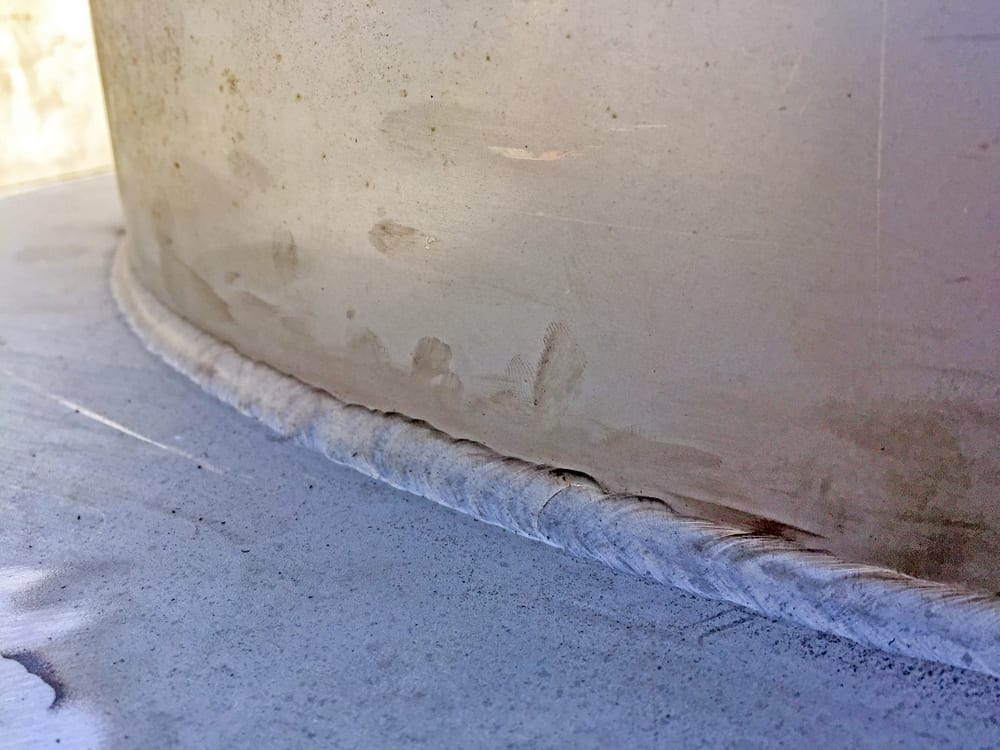Preventing Weld Undercut Demystified: Strategies for Success
Preventing Weld Undercut Demystified: Strategies for Success
Blog Article
Understanding the Art of Welding: How to Prevent Undercut Welding Issues for Flawless Fabrication Results
Effectiveness and accuracy are critical worldwide of welding, where even the tiniest imperfection can compromise the architectural integrity of a made piece. One common difficulty that welders face is damaging, a defect that can deteriorate a weld joint and lead to pricey rework. By comprehending the origin creates of undercut welding and executing efficient methods to avoid it, welders can elevate their craft to new degrees of quality (Preventing weld undercut). In the search of remarkable construction outcomes, grasping the art of welding to prevent undercut issues is not just an ability yet a need for those pursuing perfection in their work.
Comprehending Undercut Welding

To stop undercut welding, welders should make certain appropriate welding parameters, such as changing the existing, voltage, travel speed, and keeping the correct electrode angle. In addition, using the proper welding strategy for the particular joint setup is crucial. Utilizing weaving activities or backstepping techniques can assist make certain proper weld steel deposition and decrease the chance of undercut development. Regular assessment of welds throughout and after the welding process is also vital to capture any undercut early and make necessary changes to stop additional flaws. Preventing weld undercut. By recognizing the sources of undercut welding and implementing safety nets, welders can attain high-quality, structurally sound welds.
Sources Of Undercut in Welding
Recognizing the variables that add to damage in welding is essential for welders to produce high-quality, structurally audio welds. Damaging occurs when the weld metal does not correctly fill the groove formed in between the base steel and the previously transferred weld steel. Numerous factors can lead to damage in welding. One usual cause is too much heat input. Welding at high temperature levels for prolonged durations can cause the base metal melting greater than preferred, resulting in undercut. Poor welding incorrect or existing welding rate can additionally add to damage. Inadequate current may not offer sufficient heat to thaw the base and filler steels appropriately, while excessive rate can protect against proper blend, causing undercut. In addition, inappropriate electrode angles or incorrect torch control strategies can produce areas of low weld metal deposition, advertising undercut. Comprehending these reasons and executing correct welding methods can aid avoid undercutting problems, guaranteeing solid and long lasting welds.
Strategies to Stop Undercutting

To reduce the danger of undercutting in welding, welders can utilize strategic welding techniques targeted at enhancing the quality and honesty of the weld joints. One reliable approach is to readjust the welding criteria, such as voltage, existing, and take a trip rate, to make certain correct warmth input and deposition. Keeping an ideal electrode angle and ensuring consistent traveling rate can likewise assist stop undercut. Furthermore, utilizing the appropriate welding technique for the specific joint setup, such as weave or stringer grains, can contribute to decreasing undercutting. Preventing weld undercut.
Moreover, proper joint prep work, including ensuring tidy base materials free of impurities and utilizing the appropriate welding consumables, is important in stopping undercut problems. Using back-step welding methods and regulating the weld bead account can likewise assist disperse warm evenly and decrease the danger of undercut. Normal evaluation of the weld joint throughout and after welding, as well as implementing quality control procedures, can assist in try this finding and addressing damaging concerns promptly. By applying these strategies carefully, welders can attain flawless construction results with very little undercut flaws.
Relevance of Correct Welding Criteria
Picking and keeping appropriate welding specifications is necessary for accomplishing successful welds with very little problems. Welding specifications describe variables such as voltage, current, take a trip rate, electrode angle, and protecting gas flow price that straight affect the welding procedure. These criteria have to be meticulously readjusted based upon the sort of product being bonded, its thickness, and the welding technique employed.
Appropriate welding parameters guarantee the best quantity of warmth is put on thaw the base steels and filler material uniformly. If the criteria are set expensive, it can result in excessive warmth input, triggering distortion, spatter, or burn-through. On the other hand, if the parameters are as well low, insufficient fusion, lack of penetration, or damaging may take place.
Quality Control in Welding Procedures

Verdict
To conclude, mastering the art of welding requires a comprehensive understanding of undercut welding, its reasons, and strategies to stop it. By ensuring correct welding criteria and executing quality control techniques, perfect construction outcomes can be attained. It is crucial for welders to constantly aim for excellence in their welding procedures to prevent undercut issues and create premium welds.
Undercut welding, a common issue in welding procedures, happens when the weld metal does not correctly fill the groove and leaves a groove or clinical depression along the bonded joint.To stop undercut welding, welders should make certain appropriate welding parameters, such as readjusting the current, site here voltage, traveling speed, and keeping the right electrode angle. Inadequate welding present or incorrect welding rate can also contribute to damage.To reduce the threat of undercutting in welding, welders can use tactical welding strategies aimed at improving the top quality and integrity of the weld joints.In verdict, mastering the art of welding needs a thorough understanding of undercut welding, its reasons, and methods to avoid it.
Report this page